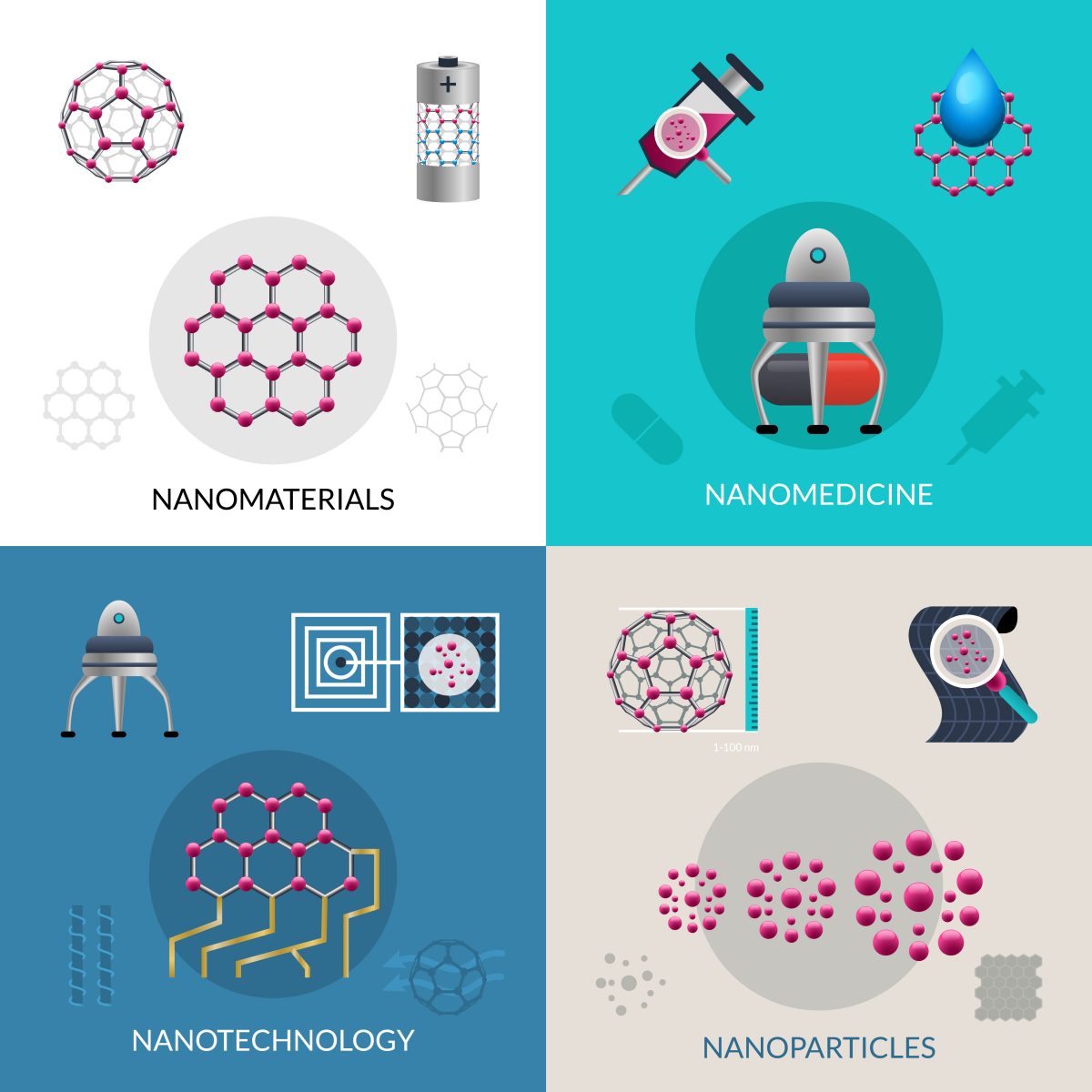Future Muscular Dystrophy Therapies May Be Designed with Help from DNA Nanosensors

University of Chicago researchers developed a DNA nanosensor that measures the physiological concentration of chloride with a high degree of accuracy, a discovery with critical implications for diseases such as muscular dystrophies. Until now, there was no effective way to measure intracellular stores of chloride. The newly developed sensor, called Clensor, appears to be the first to achieve this task.
“Our lab’s philosophy is one of minimalist design. It borders on brutalist. Functional with zero bells and whistles. There are several labs that design DNA into wonderful shapes, but inside a living system, you need as little DNA as possible to get the job done,” Dr. Yamuna Krishnan, principal investigator and study author, said in a press release.
“Yamuna Krishnan is one of the leading practitioners of biologically oriented DNA nanotechnology,” said Nadrian Seeman, the father of the field and the Margaret and Herman Sokol Professor of Chemistry at New York University. “These types of intracellular sensors are unique to my knowledge, and represent a major advance for the field of DNA nanotechnology.”
Measuring intracellular chloride concentrations is critical to understanding the mechanisms of several diseases, including osteopetrosis, deafness, muscular dystrophy, and Best’s macular dystrophy. “One could use this to look at chloride ion channel activity in a variety of diseases. Humans have nine chloride ion channels, and the mutation of each of these channels results in nine different diseases,” Krishnan said.
“What is especially interesting about this sensor is that it is completely pH independent,” Seeman added. “She spent a number of years developing pH sensors that work intracellularly and provide a fluorescent signal as a consequence of a shift in pH.”
In 2011, Krishnan and her team, then at the National Centre for Biological Sciences in Banglore, India, were the first group developing a DNA nanomachine, called I-switch, that works inside a living organism. This was a particularly important discovery, since cells need to maintain different pHs inside several organelles to perform different tasks. Alterations in pH level are the underlying cause of a panoply of diseases.
“Each subcellular organelle has a specific resting value of acidity, and that acidity is crucial to its function. When the pH is not the value that it’s meant to be, it results in a range of different diseases,” Krishnan said.
Specific organelles inside cells where pH has to be tightly controlled include lysosomes. Once lysosomes pH is disturbed it results in the so called lysosomal storage disorders. These encompass approximately 70 different diseases, including Batten disease, Niemann-Pick disease, Pompe disease, and Tay-Sachs disease, which is often fatal.
“The lysosome is basically responsible for chewing up all the garbage and making sure it’s either reused or got rid of. It’s the most acidic organelle in the cell,” Krishnan noted.
Krishnan’s team now wants to demonstrate how pH sensors offer a significant and crucial tool to further develop and discover potential new therapies for these diseases. “If we can do this for one or two lysosomal diseases, there’ll be hope for the other 68,” Krishnan said.






